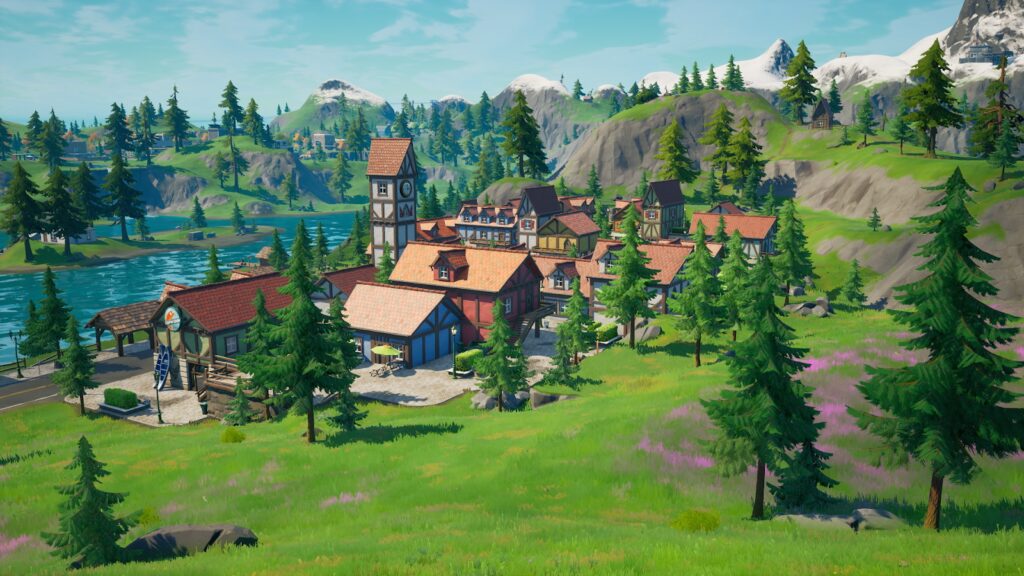This article serves as a guide to various virtual reality tools used in game development. Virtual reality gaming engines such as Unreal Engine 4 and Unity provide game logic, physics, graphics rendering, input handling, and spatial sound. Virtual reality game development kits like Oculus Rift SDK and SteamVR SDK offer a set of libraries and tools to build gaming worlds using game engines, while virtual reality APIs like OpenVR and WebVR simplify the task of building virtual reality applications. Lastly, virtual reality content creation tools such as Blender and Maya provide a range of tools to design and create virtual reality content.
Building Virtual Worlds: A Guide to Virtual Reality Tools in Game Development
Introduction
Virtual reality has become one of the most sought-after technologies in recent years. With the rise of VR, game development has also evolved into a new era, providing gamers with an immersive experience. The key to building virtual worlds lies in the tools used for game development. This article will act as a guide to various virtual reality tools used in game development.
Virtual Reality Gaming Engines
Virtual reality gaming engines are the heart of virtual reality game development. These engines provide the foundation for game logic, physics, graphics rendering, input handling, and spatial sound. Some of the popular VR gaming engines are:
Unreal Engine 4
Unreal Engine is one of the most extensively used game engines for virtual reality. Developed by Epic Games, it provides features that empower developers to build ultra-realistic virtual worlds. It is a cross-platform gaming engine that supports both PC and mobile devices.
Unity
Unity is another popular VR gaming engine that provides extensive support for virtual reality game development. It provides a standard development environment and supports various platforms, including PC, mobile devices, and consoles.
CryEngine
Developed by Crytek, CryEngine provides developers with a robust set of tools for creating immersive virtual worlds. It is highly customizable and supports advanced features such as HDR lighting and volumetric fog.
Virtual Reality Game Development Kits
Virtual reality game development kits are software tools designed for developers to create virtual reality games. These kits provide a set of libraries and tools to build gaming worlds using game engines. Here are some popular game development kits for virtual reality:
Oculus Rift SDK
Oculus Rift SDK is one of the most popular VR game development kits available. It provides a wide range of tools and libraries, including spatial audio, positional tracking, and integrated 3D modeling. It supports both Unity and Unreal Engine 4.
SteamVR SDK
SteamVR SDK is an open-source virtual reality development kit designed by Valve. It offers a wide range of features such as room-scale movement, advanced tracked motion controllers, and built-in support for OpenVR.
Virtual Reality APIs
Virtual reality APIs are software interfaces designed to simplify the task of building virtual reality applications. These APIs provide a set of functions and libraries that developers can use to interact with various virtual reality devices. Here are some popular virtual reality APIs for game development:
OpenVR
OpenVR is an open-source API that integrates with SteamVR to provide virtual reality support. It supports various head-mounted displays and provides a flexible interface to integrate with different game engines.
WebVR
WebVR is a JavaScript API that provides virtual reality support in web browsers. It supports various virtual reality devices, including Oculus Rift, HTC Vive, and Google Cardboard.
Virtual Reality Content Creation Tools
Virtual Reality content creation tools provide a comprehensive range of tools to design and create virtual reality content. These tools allow developers to create digital assets such as 3D models and animated characters. Here are some popular virtual reality content creation tools:
Blender
Blender is an open-source 3D creation suite, providing various features such as modeling, animation, and rendering. It supports integration with various game engines, including Unity and Unreal Engine 4.
Maya
Maya is a popular 3D modeling tool used extensively in the gaming industry. It provides an extensive set of tools for game asset creation and supports various file formats for game engines.
Conclusion
Building virtual worlds requires a comprehensive set of tools and libraries for game development. With the rise of virtual reality, game development has evolved into a new era, providing gamers with an immersive experience. The virtual reality tools discussed in this article provide a comprehensive range of features, allowing game developers to build ultra-realistic virtual worlds.
